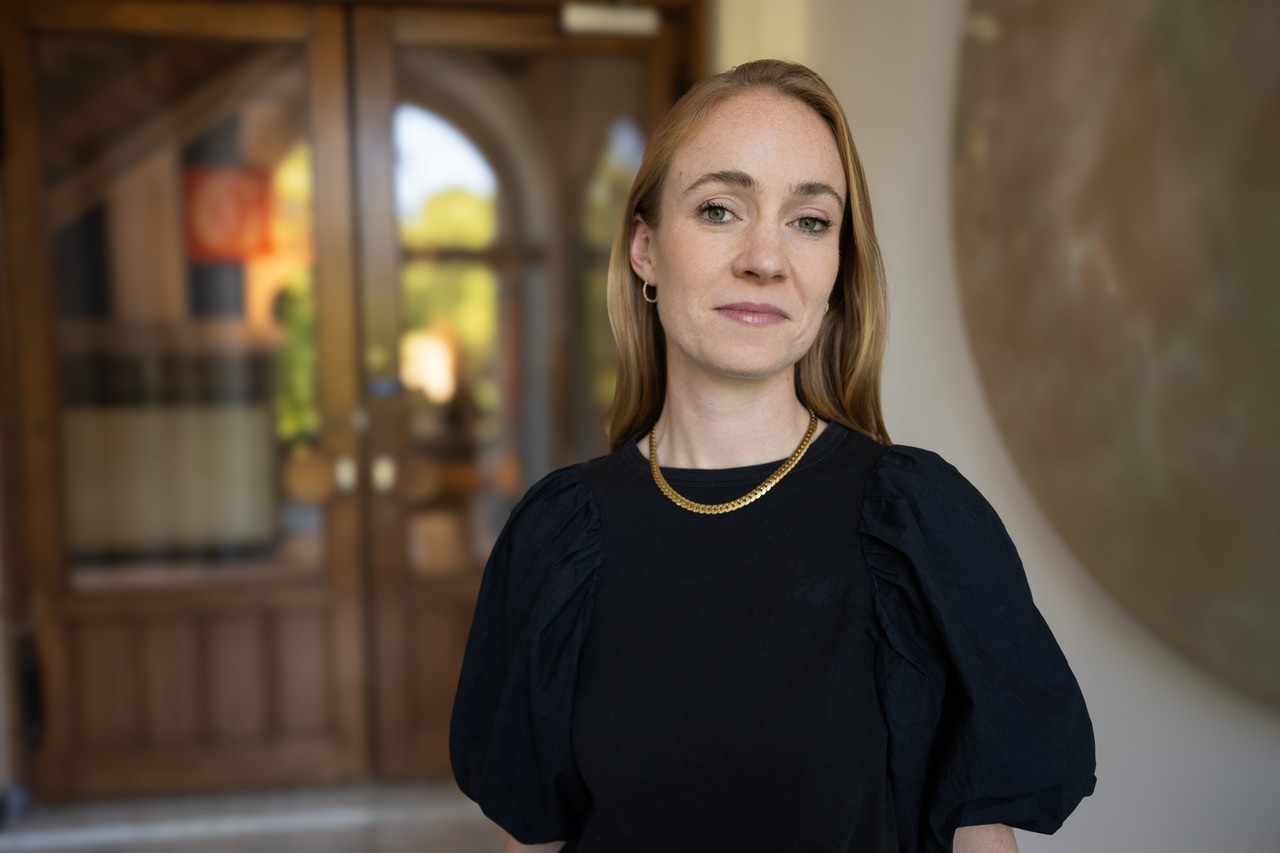Division of assets and debts in case of a Dutch community of property upon divorce
If you do not have Dutch nationality and/or were married abroad, but you did start living in the Netherlands shortly after the marriage and you did not agree on a prenuptial agreement, chances are that by default you are married in a Dutch community of property.
This blog explains what the Dutch community of property means for your assets and debts (you may or may not have known about) in case of divorce.
Full or limited community of property
If you were married before 1 January 2018, you may have been married in full community of property under Dutch law. This means that all assets and debts, both obtained or incurred before the marriage and during the marriage, are joint (excluding inheritances and gifts obtained under exclusion clauses). All assets and debts are divided equally in case of divorce.
If you were married after 1 January 2018, you may have been married under Dutch law in limited community of property. In that case, premarital debts and assets are private. In case of divorce, (only) the debts and assets accrued during the marriage are divided equally (excluding inheritances and gifts obtained during the marriage).
Ascription of assets
In practice, the question is regularly asked whether assets acquired by one of the spouses and in the name of this one spouse also falls within the community of property. The answer to this is yes. The ascription of an asset is not relevant for the Dutch community of property. Even if assets/debt are only in the name of one of the spouses, these assets/debt fall within the community of property and must be divided equally in case of divorce.
Debts
As mentioned above, (former) spouses should bear a debt that falls into the community by halves. This is also the case if the debt was incurred by the other spouse and is only in his/her name. Only in exceptional cases this obligation to pay for the debt 50%-50% can be deviated from. The basic principle is that you are jointly responsible for repaying the debt.
A more specific practical example is if one of the spouses has a sole proprietorship (eenmanszaak) that falls into the community of property and from which one or both spouses perform(s) labour. Legally, a sole proprietorship does not have separate assets. Assets and debts of the business fall into the community and are the responsibility of both spouses.
It regularly happens that a debt arises in the sole proprietorship, for example to the tax authorities because no or too little (income) tax was paid. Especially if only one of the spouses worked from this sole proprietorship, discussions may arise in the context of the divorce about which spouse should pay off the debt. Here too, the starting point is that both (ex)spouses pay off half of the debt after the divorce, as it falls into the community of property. Moreover, if the debt arose because of underpayment of tax, both spouses often lived on the higher income as a family.
Conclusion
In short, if one spouse works from a sole proprietorship that does fall into the Dutch community of property, the above is something to consider. If you want to avoid dividing assets and debts of the sole proprietorship by halves upon divorce, you can contact a notary in your area to get more information on this.
More information
Do you have questions after reading this article or about divorce in general? Please feel free to contact us.


